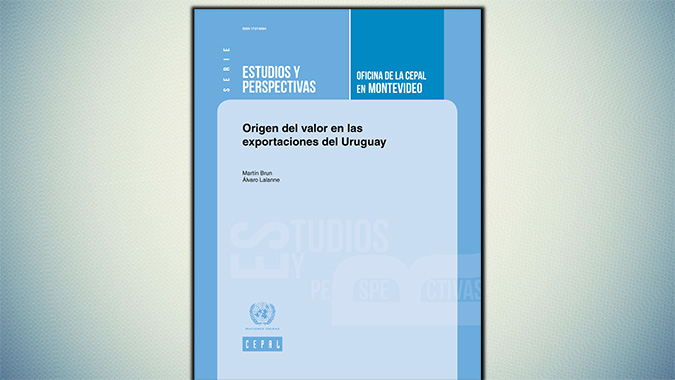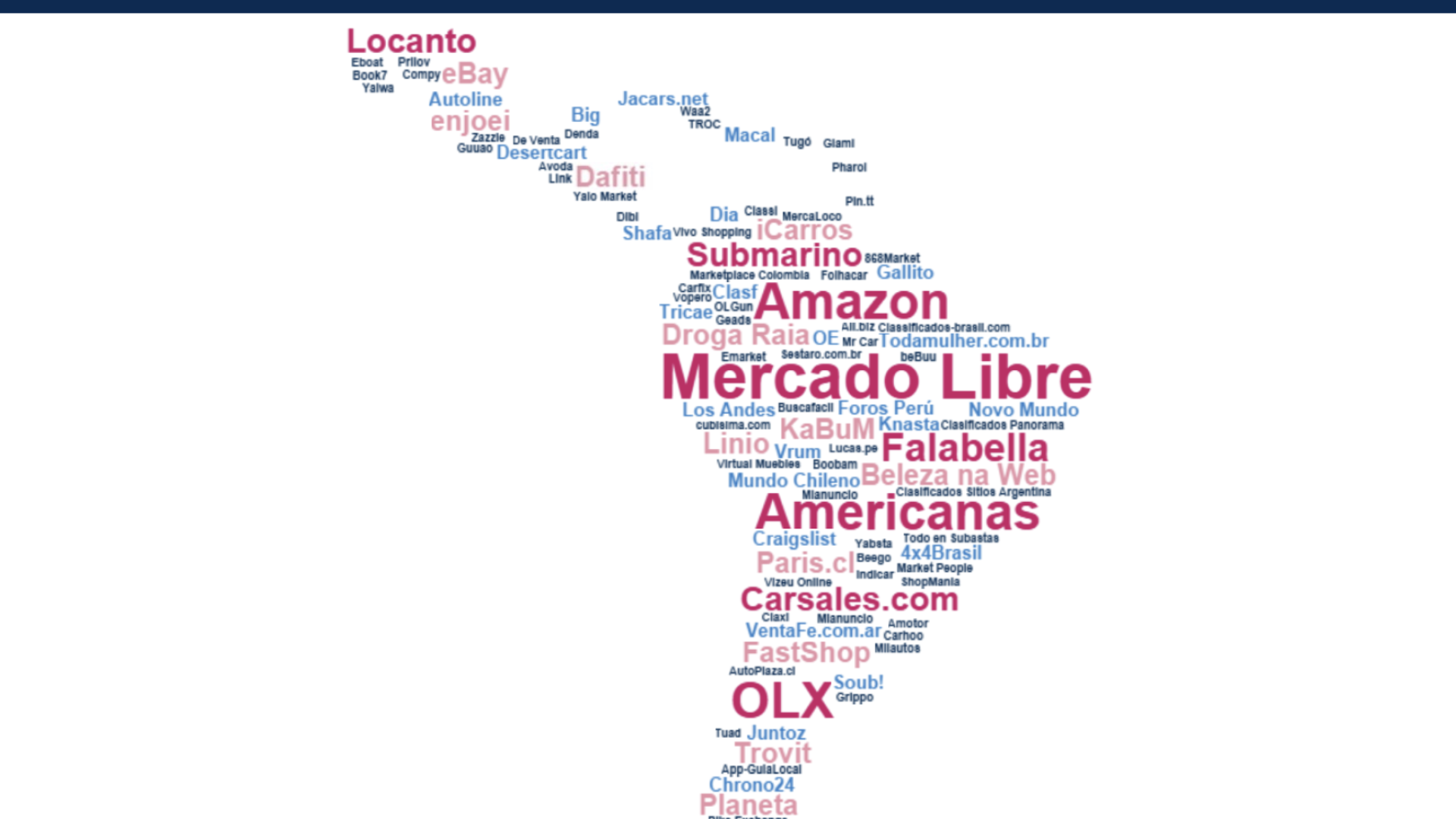News
The Economic Commission for Latin America and the Caribbean (ECLAC) did a study that breaks down the added value of goods exported from Uruguay by sector and place of origin.
The report Origin of Value in Uruguayan Exports was produced in the framework of the Cooperation Agreement between ECLAC’s Montevideo Office and the Uruguayan Ministry of Economy and Finances.
The study indicates that trade agreements modify the conditions of competition between the tradable sectors of an economy, generating winners and losers. It adds that, when international negotiations are involved, it is advisable for countries to consider that the effects of any given expansion or contraction in production are usually very different, depending on the type of production affected.
Using an input-output matrix, the article characterizes sectors by domestic value added of exports and the remuneration in jobs, distinguishing the distinct qualities of the work generated.
From the perspective of foreign value added, the project likewise seeks to distinguish direct and indirect intermediate imports by origin, in order to then map the relationship of supply with the foreign market, and in this way detect possible advantages, risks and related opportunities according to the rules of origin provided for in agreements.
The study constructs an input-output matrix with 50 sectors based on official information from means of supply and use tables, survey of economic activities, continuous survey of homes, agro-fisheries sector information and detailed information on foreign trade.
The matrix created includes imported supplies, information on the origin of supplies and a breakdown of value added between remuneration of qualified and non-qualified jobs and the remaining gross value added.
As a result, it is estimated that a third of exports consists of added value generated from the country’s own export sector, a third from other sectors of the economy through supply chains and a third is generated abroad.
Sectors without a national agro-fisheries segment have strong backward linkages with the exterior. These are metals and vehicles, rubber and plastics, chemicals and pharmaceuticals and textiles/leather. There is also a significant presence of imported supplies in the crop sector.
The country’s traditional agro-export chains – meat, dairy and rice – have strong backward linkages with the local economy, and it here that qualified work is integrated– mainly in professional services – into its exports. In contrast, the industrial supply chains mentioned are the sectors with the most direct remunerations incorporated for qualified and non-qualified jobs.
The set of information organized and compiled in this study will allow policies designers and negotiators to have a point of reference for evaluating the impact of commercial policy measures, such as trade agreements, tariffs and promotional instruments, or others.



